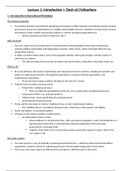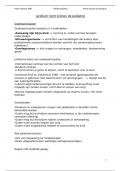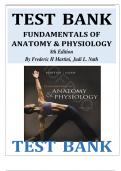Study guide
International Relations (First Year Political Science) Partial Exam 1
- Instelling
- Universiteit Van Amsterdam (UvA)
It contains all the notes from the lectures, plus the information from slides, and notes from all the readings (J,S&M book, Holman book, and articles) for the first exam in International Relations 2019
[Meer zien]







